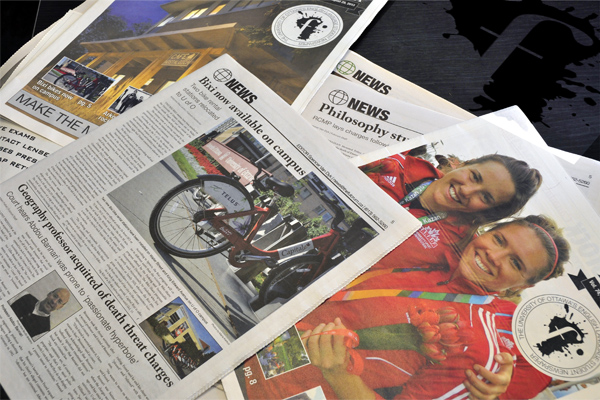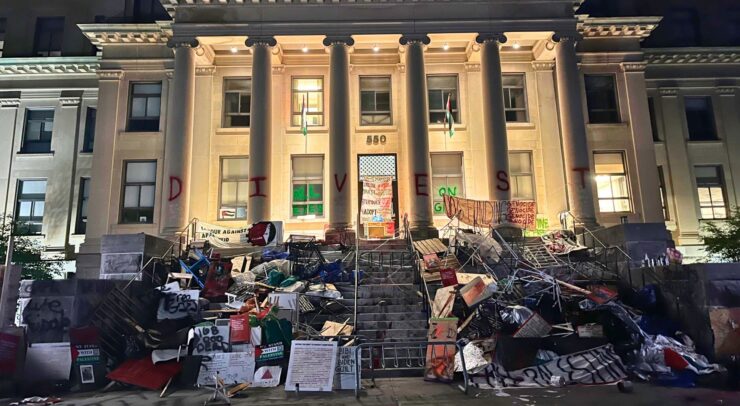Financial assistance is subject of student association survey
Photo by Marta Kierkus
A report by the Ontario Student Undergraduate Alliance (OUSA) says a lack of awareness of available services is to blame for a discrepancy between students’ financial needs and the OSAP funding they actually receive.
The report, entitled “Paying Our Way: A Look at Student Financial Assistance Usage in Ontario,” analyzes data collected from 9,000 students from various schools, who answered 140 survey questions about their finances in November 2013.
Over the last 10 years, Ontario has increased funding to post-secondary education by 83 per cent, but student representatives point out that young people are still struggling to afford it.
That’s especially true for minority student populations according to the report, which finds they acquire student loans at lower rates than the general population.
Stéphane Hamade, the OUSA’s vice-president of finance, said Aboriginal students, students with disabilities, and students with dependent family members apply at lower rates for OSAP. However, these groups of students are more often in need of financial aid.
The big picture is that students of all backgrounds are largely unaware of the various forms of government financial aid, according to the report.
“It is alarming to see that we have such a structured student financial aid system in place, but it does not necessarily reach the students that it needs to,” said Drew Ursacki, an OUSA steering committee member and Brock University Students’ Union executive.
Most students are not aware that tuition and education tax credits are a form of government financial assistance, the report explains. Tax credits account for the second-largest investment in student financial assistance from the Ontario government. More than half the first-year student population surveyed were unaware that they were eligible for a tax credit.
The report suggested that this may have impacted their perception of the cost and affordability of post-secondary education.
Ursacki recommended OSAP change the criteria it considers when deciding how to allocate funds. For example, “How hard did this student work over the summer, did they try to find active employment, is that employment beneficial to their career?” he said.
He said students need a better OSAP financial literacy campaign, but for now, the best way students can help themselves is to make the effort themselves.
“It is important for students to take their time and do the research to find out what funding options are available to them and how they can go about doing that,” he said.





